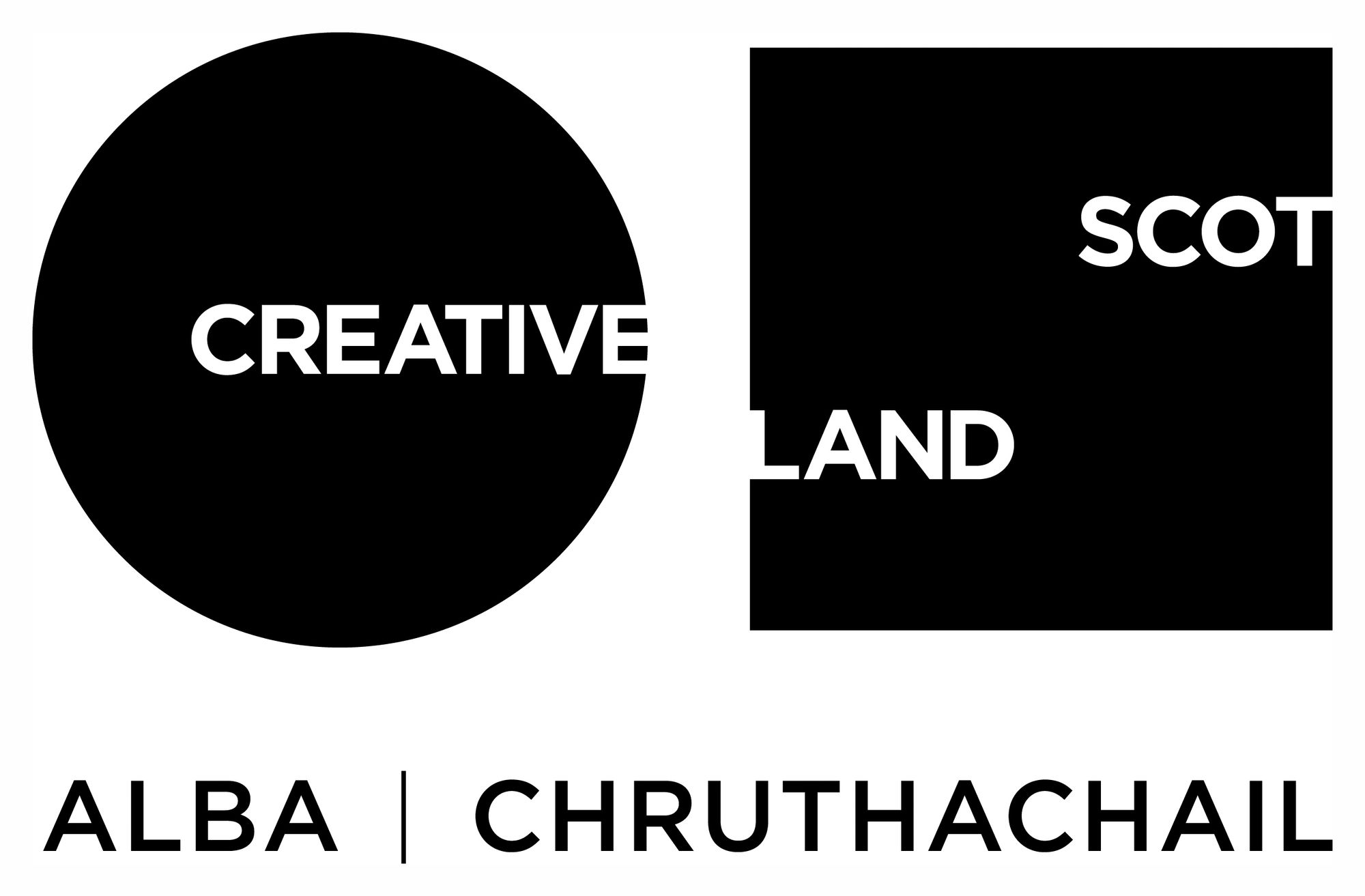Recording Inspections

This article explains how to record inspections of equipment and is designed to be used in conjunction with these documents:
- Inspections in Circus Rigging which goes into the regulatory background, and
- How to do an Inspection
- Templates for thorough examinations under LOLER, inspections under PUWER and inspections under Working At Height Regulations
These videos will show you how to go about each process, using example pieces of equipment:
Who is responsible for inspections?
The onus is on the employer/equipment provider to be proactive about ensuring that everything is fit for purpose.
It’s important to remember that all equipment which potentially poses a risk to anyone needs to be regularly inspected – every karabiner, swivel and shackle as well as the big pieces such as trapezes, silks and trusses.
The decision about what to inspect, and how often, would be determined through a risk assessment taking into account the hazard to the health and safety of people in the premises.
If you’re using it at home or your own premises, then technically you are not required to inspect anything because nobody else is at risk and you’re not at work (the laws are about providing equipment for work). However, common sense says you’d want to inspect regularly to keep yourself safe.
How do I keep track of inspections?
You can use the downloadable templates provided here or create your own document or spreadsheet. The requirement is that specific information is recorded and can be reproduced, there’s no stipulation about the format.
You can add more lines to the boxes in the templates we have given, so you can record as many items as you want for each inspection.
In most cases, documents can be recorded and shared digitally, however it’s worth making sure that you use a format that can also be printed in case you are required to produce it like that – for instance, if you are taking equipment to a different venue.
How do I know which form to use?
The question you have to ask before recording an inspection of any piece of kit is this: will it be used as lifting equipment? For example, if the aerial equipment is raised on a pulley system while a performer is on it, or if it’s being used as a counterweight.
Yes, the item might be used for lifting
In this case, the Lifting Operations and Lifting Equipment Regulations 1998 (LOLER 1998) applies, and there are prescribed particulars that you need to record.
This would be a “thorough examination” which could be done by an employee as long as they have “the genuine authority and independence to ensure that examinations are properly carried out and that the necessary recommendations arising from them are made without fear or favour."
If you don’t have someone like that on your staff, you’d hire an external inspector.
No, the item won’t be used for lifting
If the item is simply being used to suspend equipment, the Provision and Use of Work Equipment Regulations 1998 (PUWER 1998) applies.
This leaves the data that is captured very much to the “competent person” who’s been appointed to carry out the visual and tactile inspection.
The competent person can be an employee who has “adequate knowledge” of the equipment to enable them to recognise the key components of it, to know if there is a fault, and what to do or who to tell if they find one.
If you or your staff don’t fit that description, you would hire an external person – for example, the person who fitted your rigging points, or someone of similar experience. You may need to explain or demonstrate how it’s used so the competent person can decide if it’s still safe. If the person is competent, they would ask you relevant questions or they’d demonstrate that they already know and don’t need to ask.
If in doubt…
If there is a possibility that the equipment might be used as lifting equipment even on rare occasions, use LOLER.
Access equipment
Equipment which is used specifically to gain access to something up high, a rigging point for instance, could come under Working at Height Regulations 2005 (WAH 2005). This might include items such as ladders, Personal Protective Equipment, scaffold. However, you could also regard these as coming under PUWER since they are equipment provided for work.
For more information about legal requirements, see our article Inspections in Circus Rigging here.
Recording your inspections
Anything that is used as lifting equipment must have a CE mark (or UKCA mark, when the post-Brexit changes come into force), Working Load Limit (WLL) or Safe Working Load (SWL), and serial number, as a minimum. It’s a requirement that they must be readable so if they’ve become illegible because of damage, you should discard the item.
1. Identify the item to make sure it belongs to you and/or you know its history using any distinguishing marks. Eg, 2m round sling + serial number. You may have several 2m round slings so you need to know which one you are inspecting in order to record what you find. The serial number will do that for you because it is unique to that single sling. Beware of EN numbers which look similar but are codes to indicate the year of manufacture and the standard it was made to, so you may well find exactly the same EN number on several items.
2. If there is no unique identifying mark, give it one to enable anyone to find it. Insurance companies will insist on this. It must be done in a way that doesn’t affect the integrity of the material of manufacture, and doesn’t obscure any of the other markings. This can be challenging so you may need to contact the manufacturer to check if you can engrave, stamp, paint or write on the item. The reason is that several items such as karabiners, shackles, silks etc are used interchangeably. Unless they are fixed in place and never moved, some may be used more often than others, some may be older than others, and you need to monitor their wear and know when they reach the end of the lifespan given by the manufacturer.
3. Record the appropriate information on the form and save it in a safe place.
4. Devise a system which ensures that the next inspection is done on time.
In partnership with Articulation

Funded by Creative Scotland


